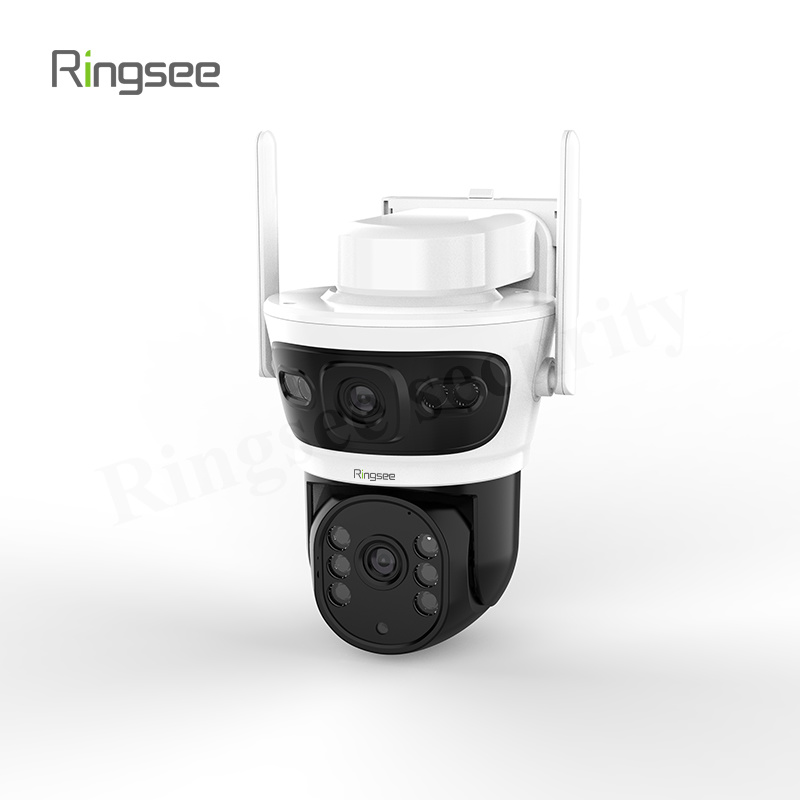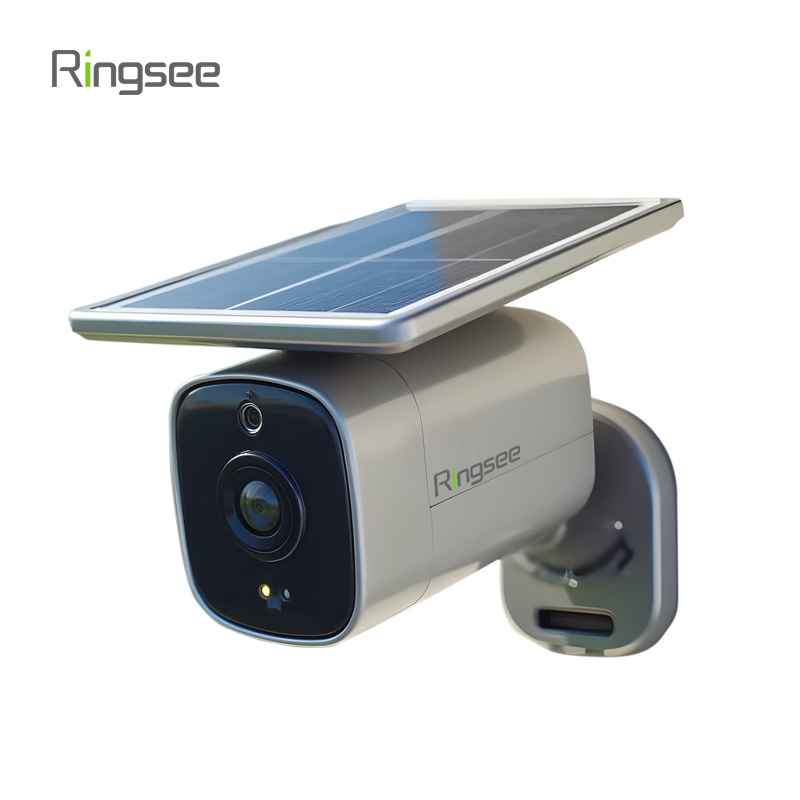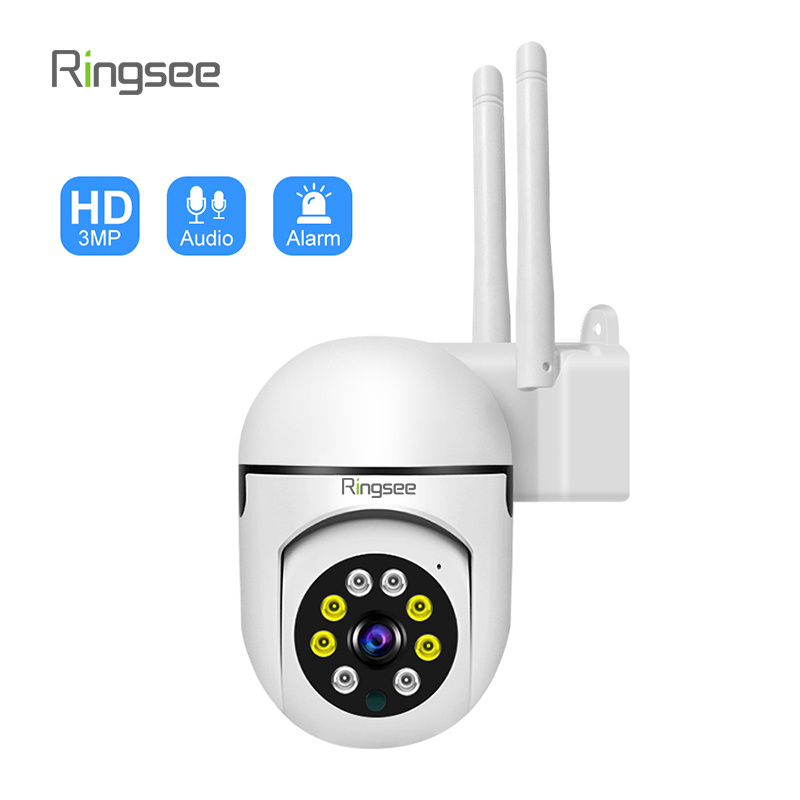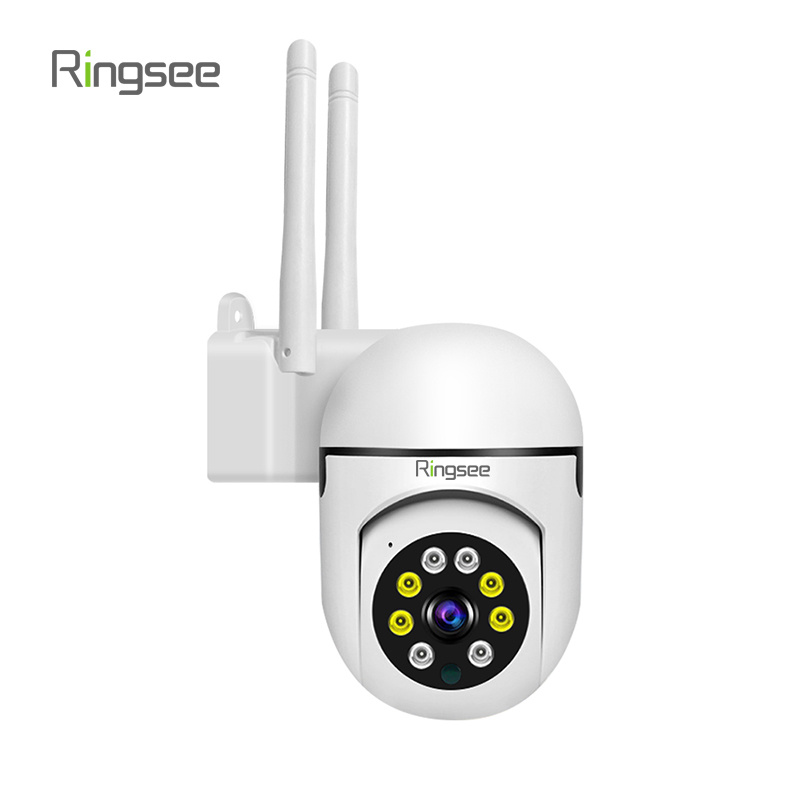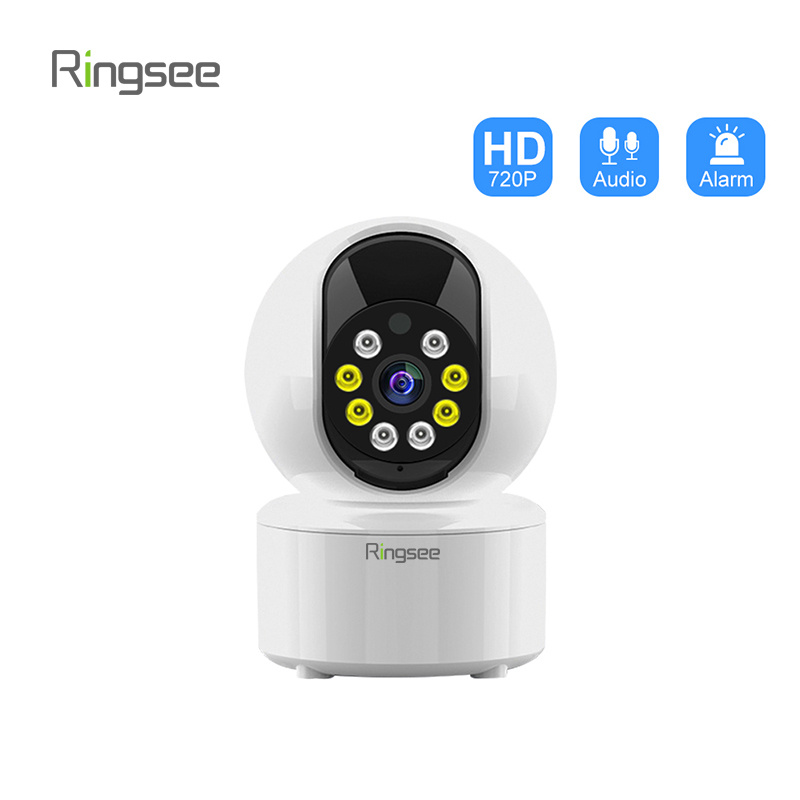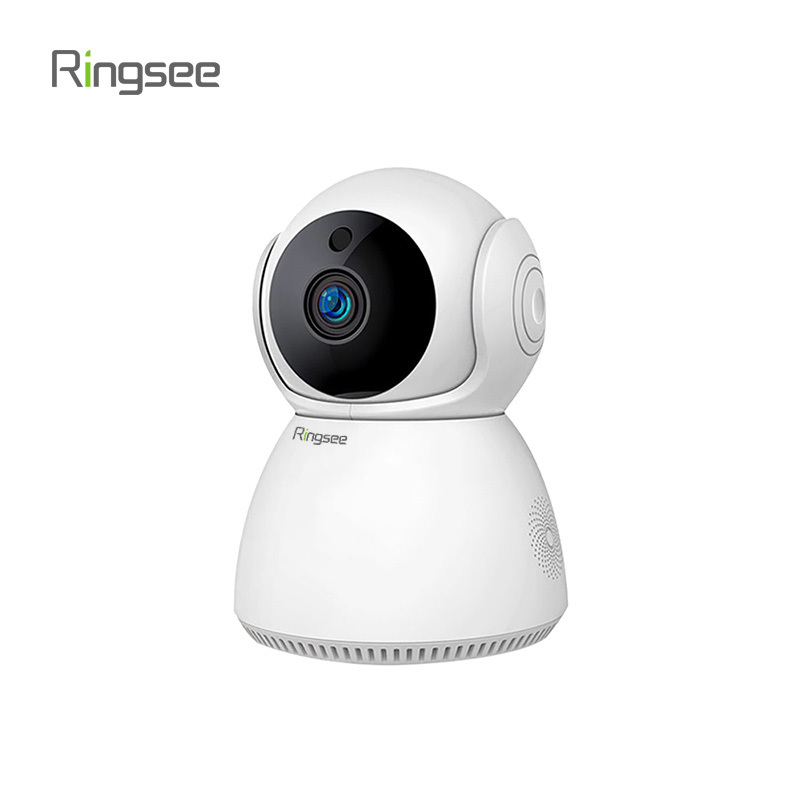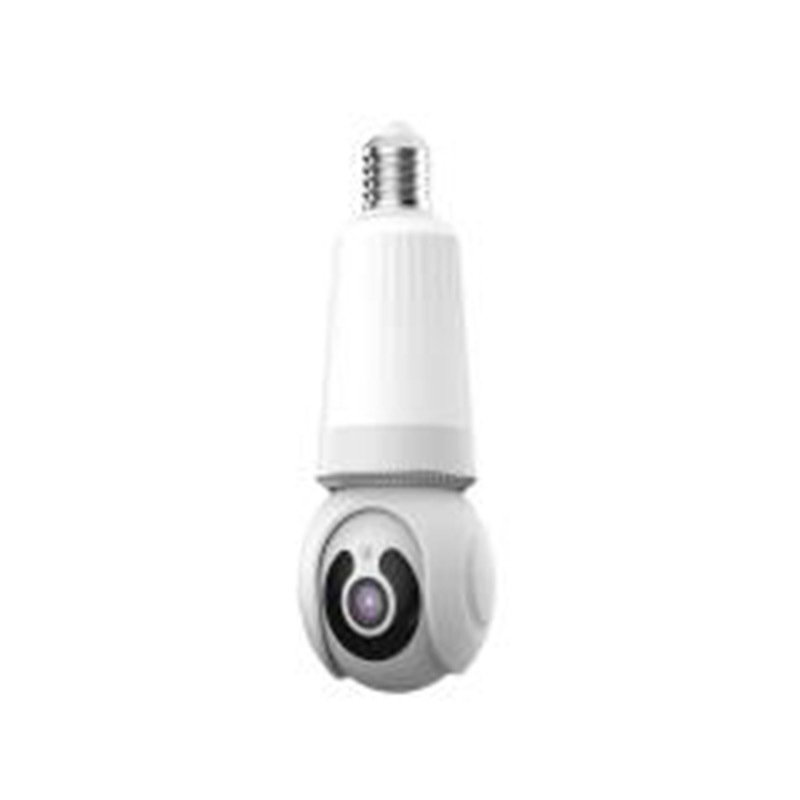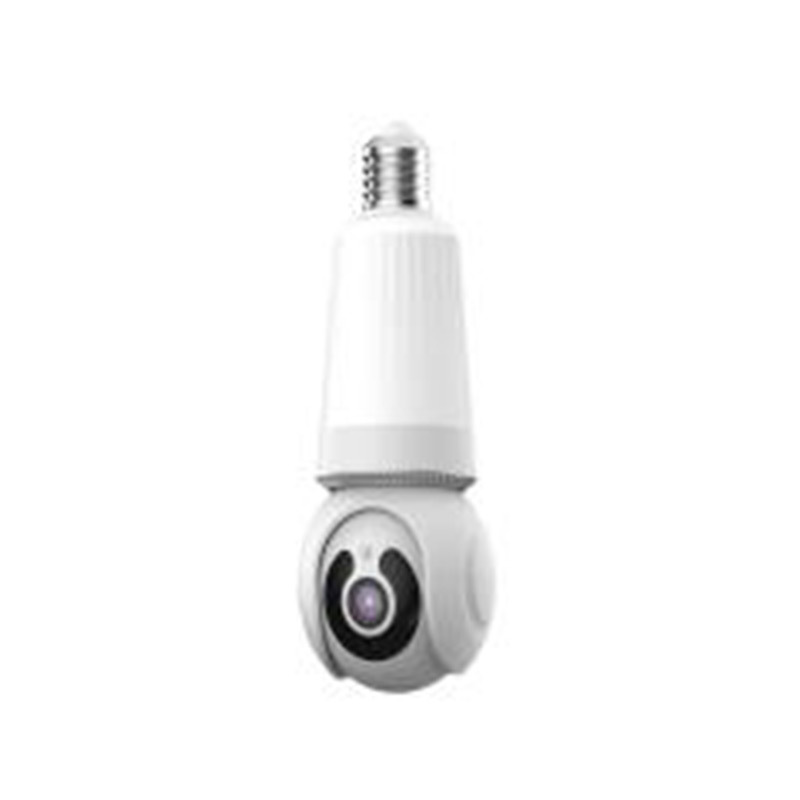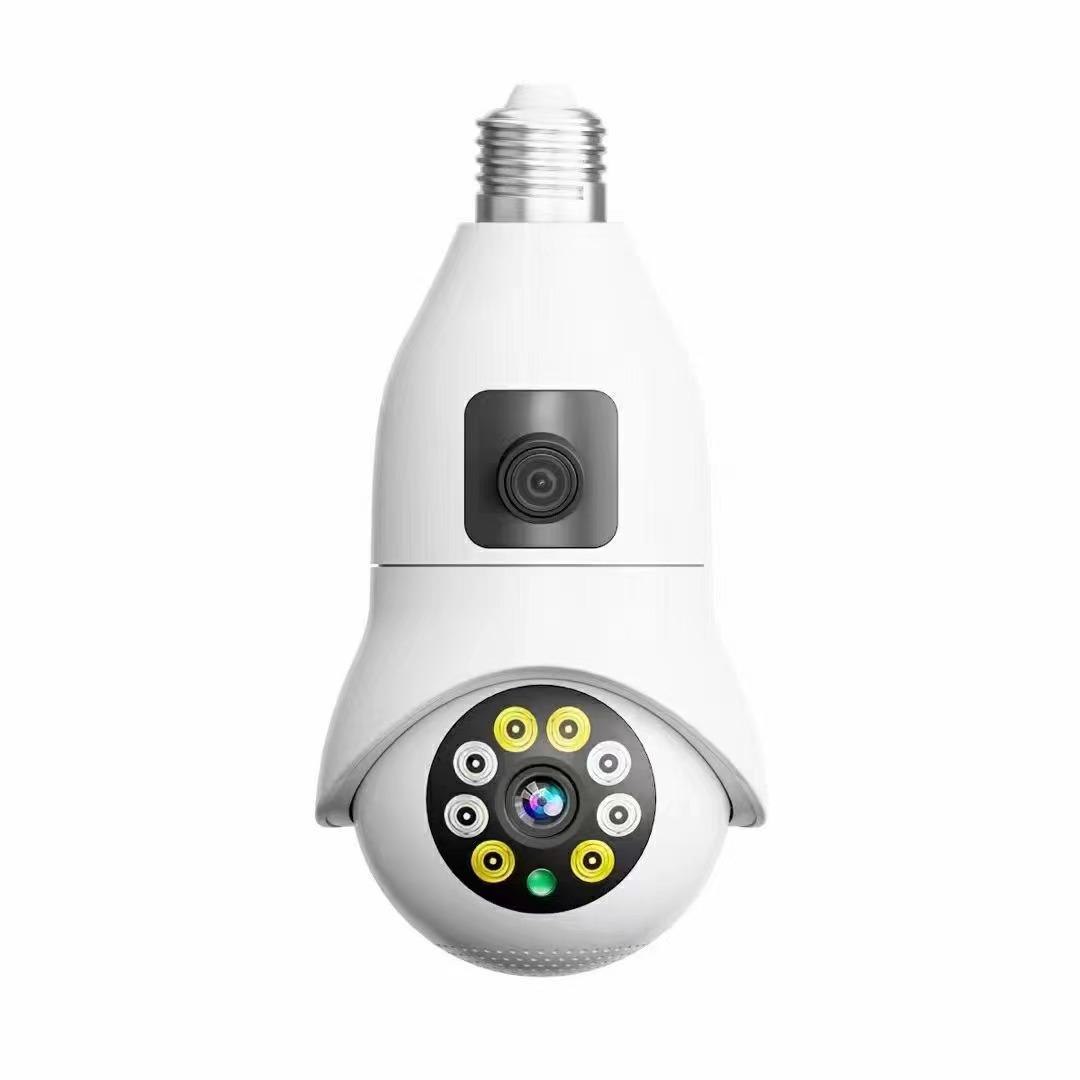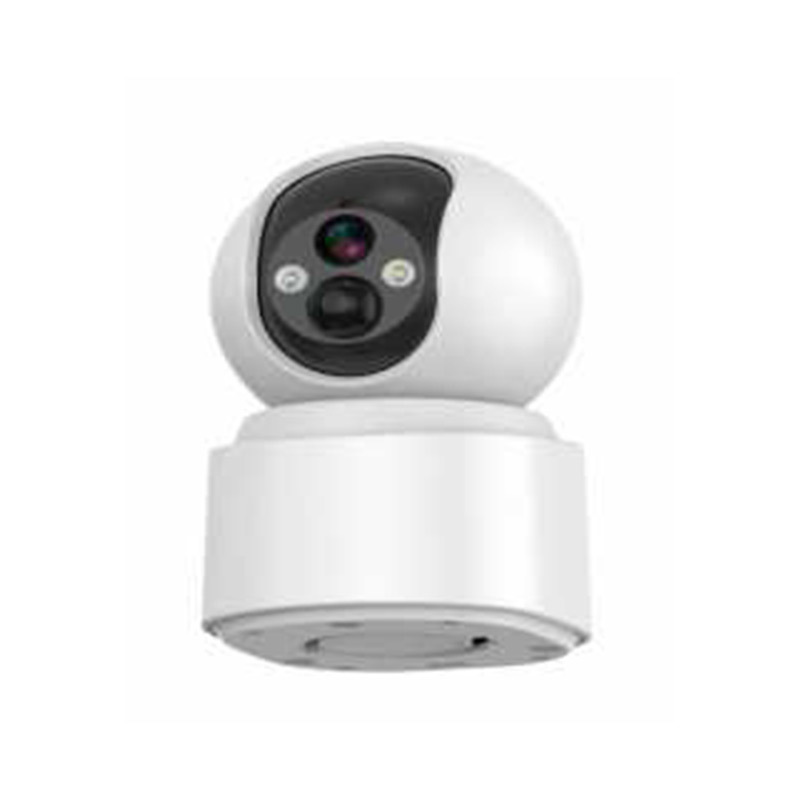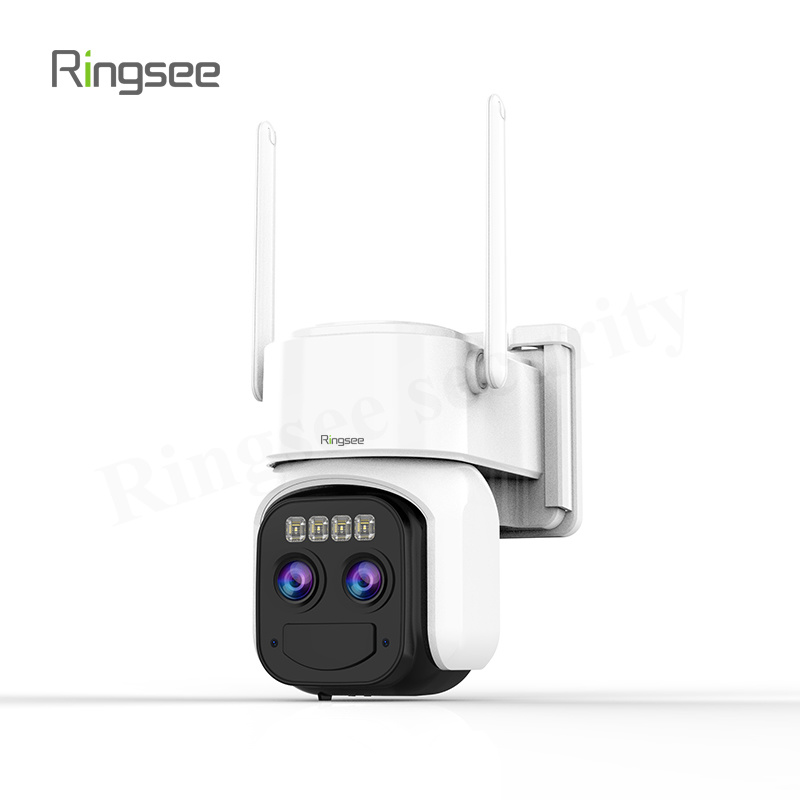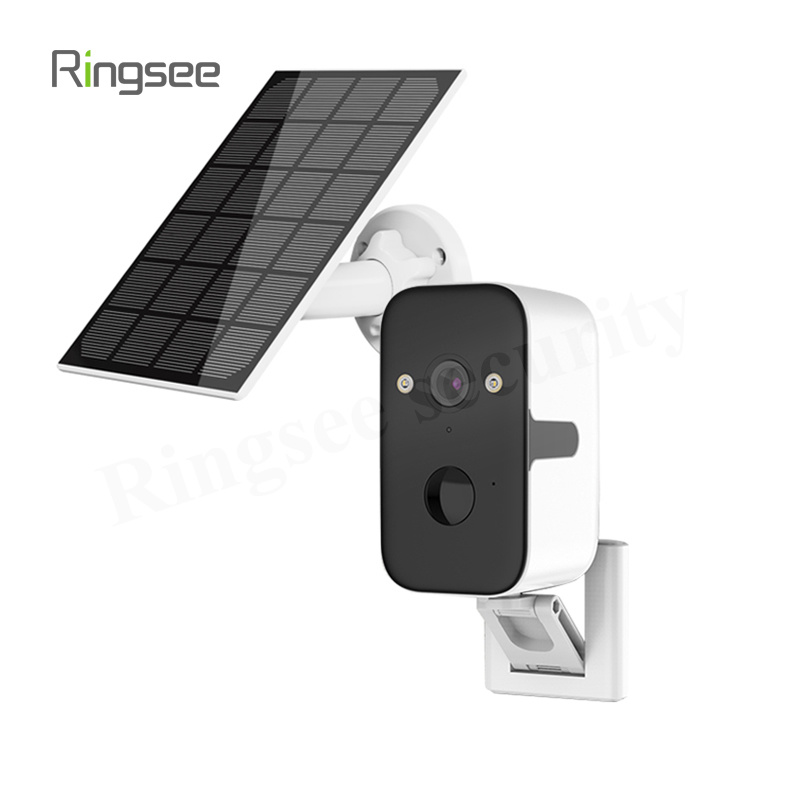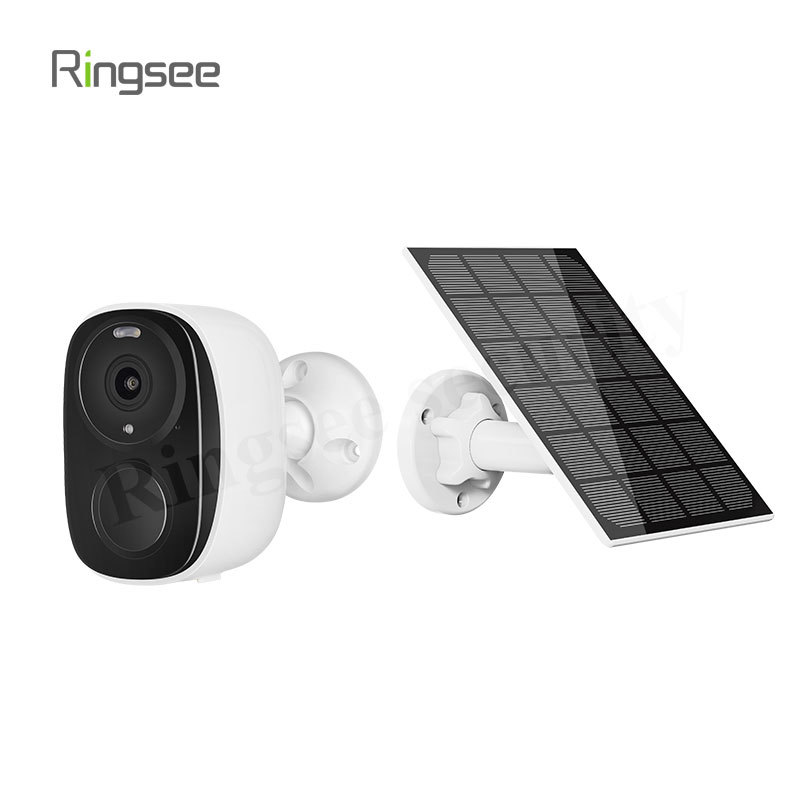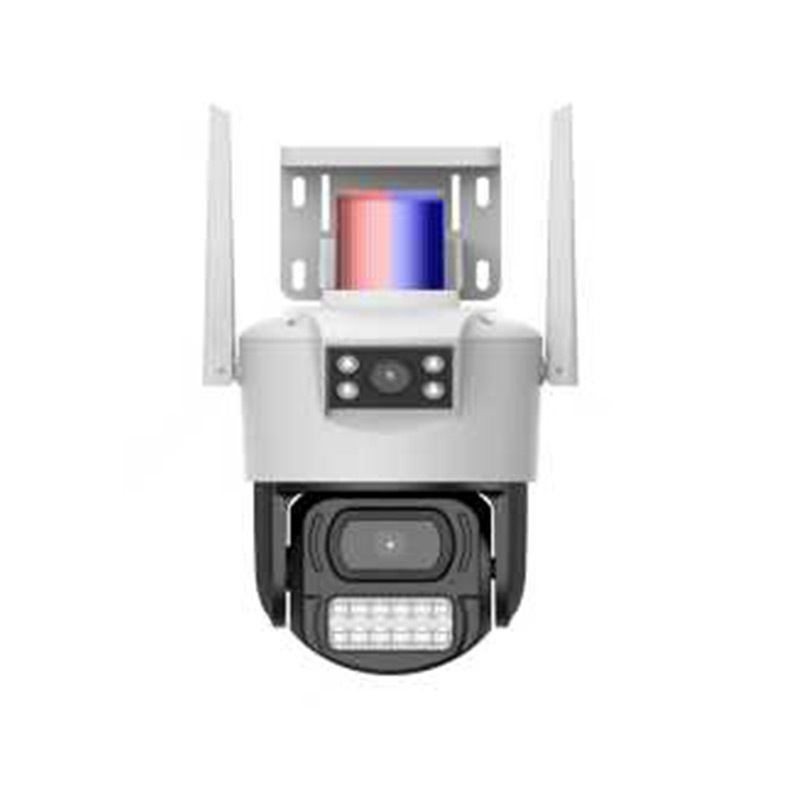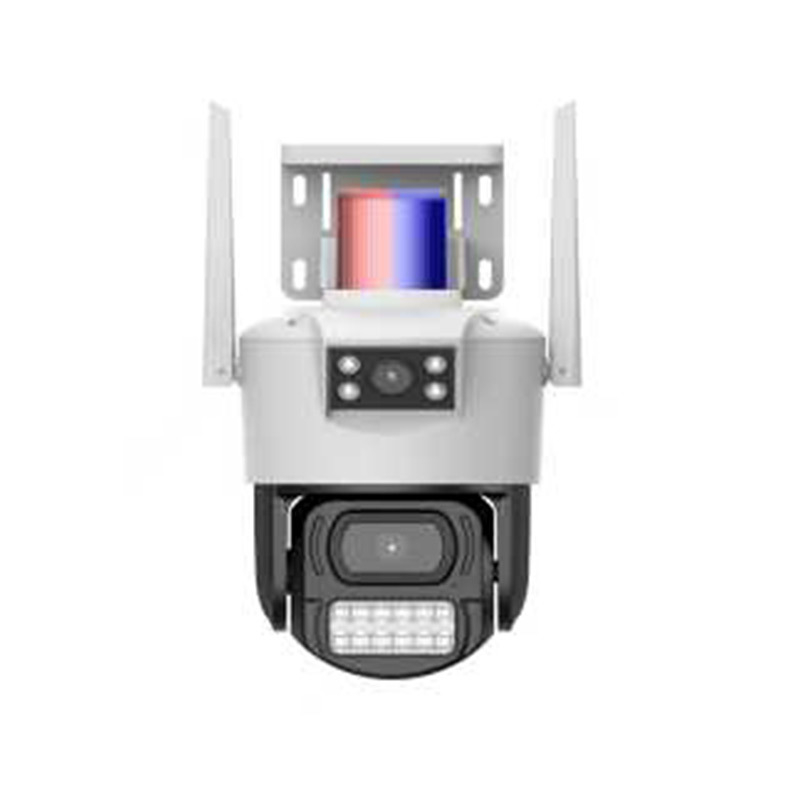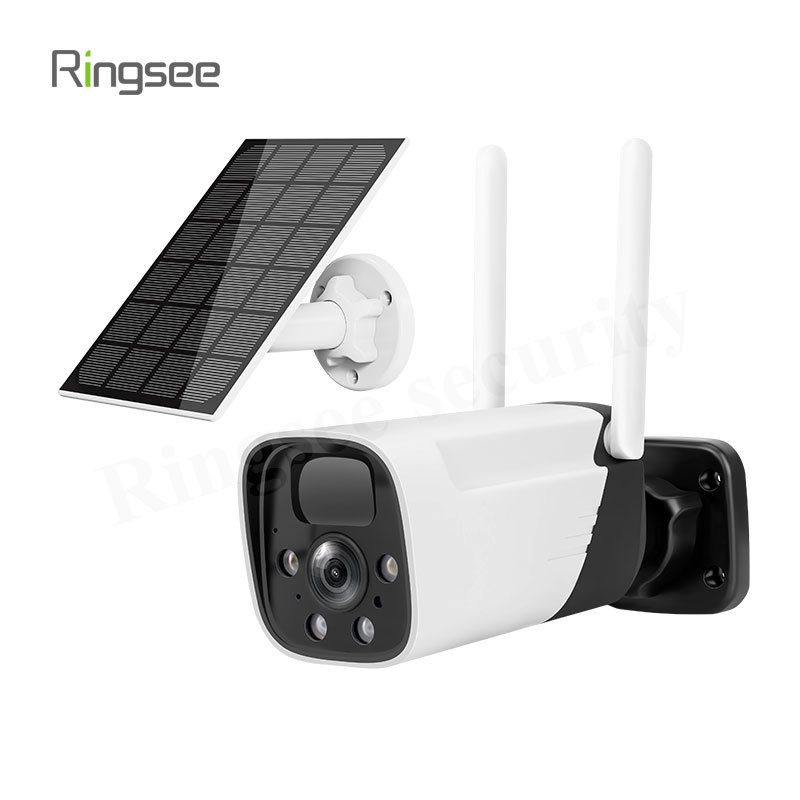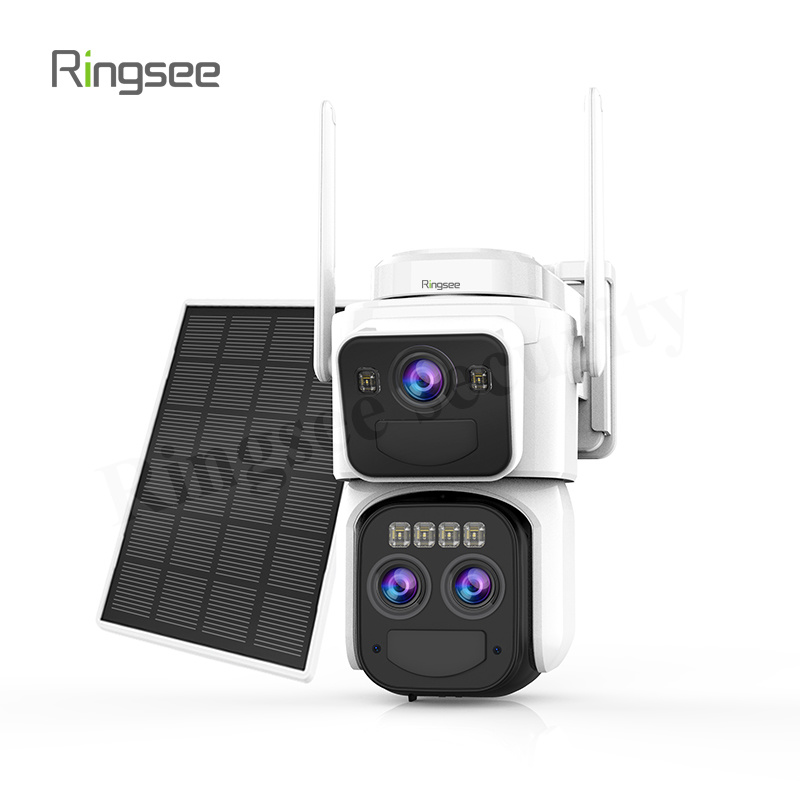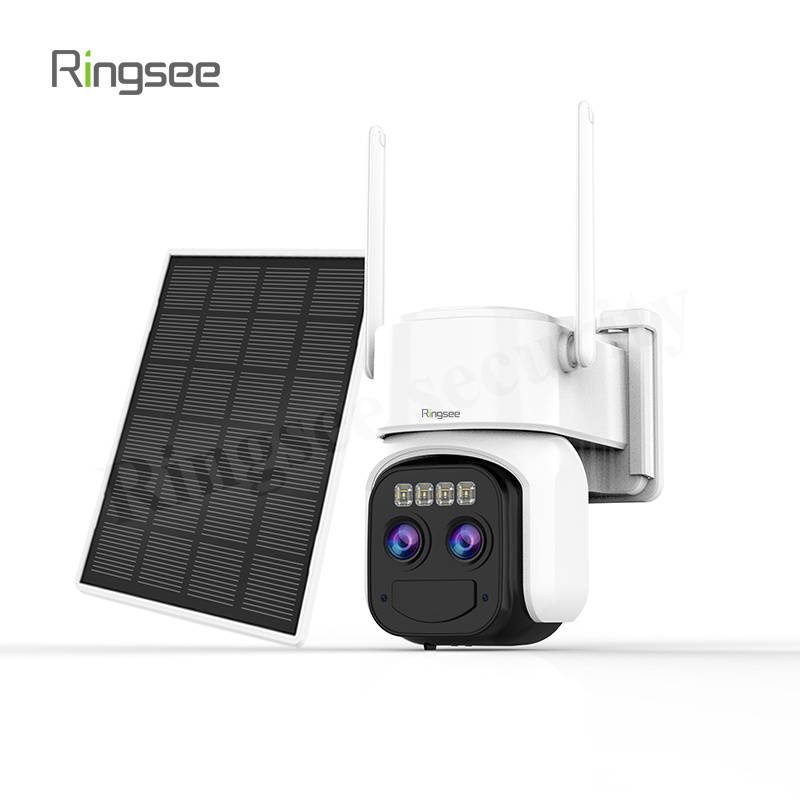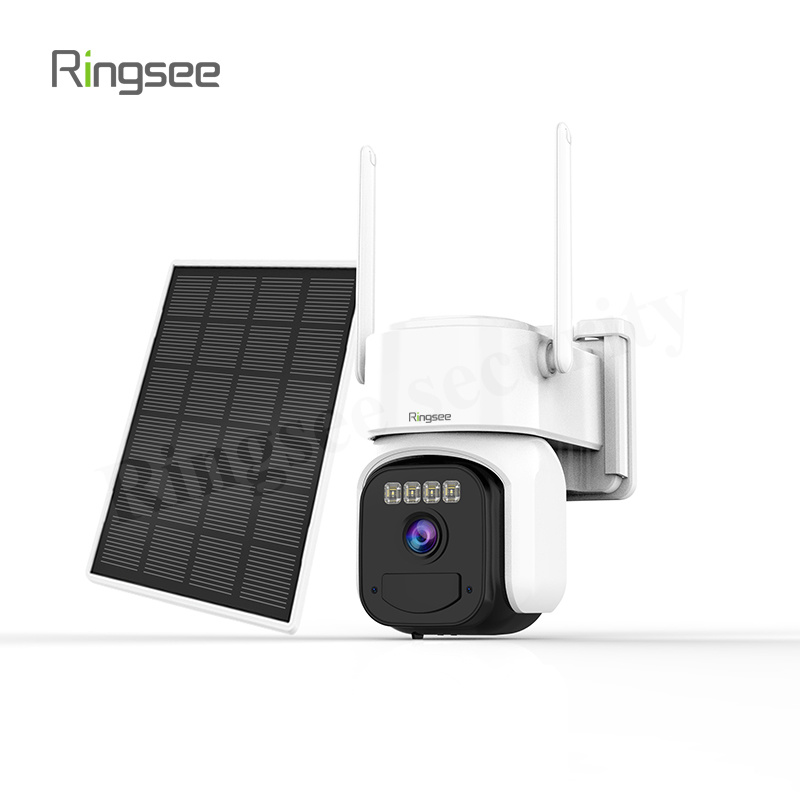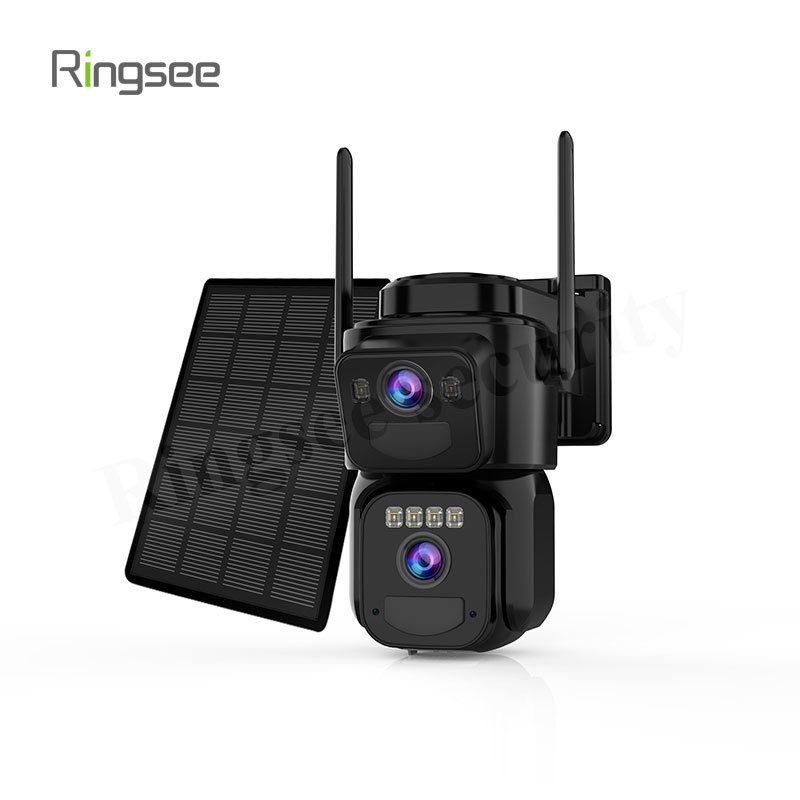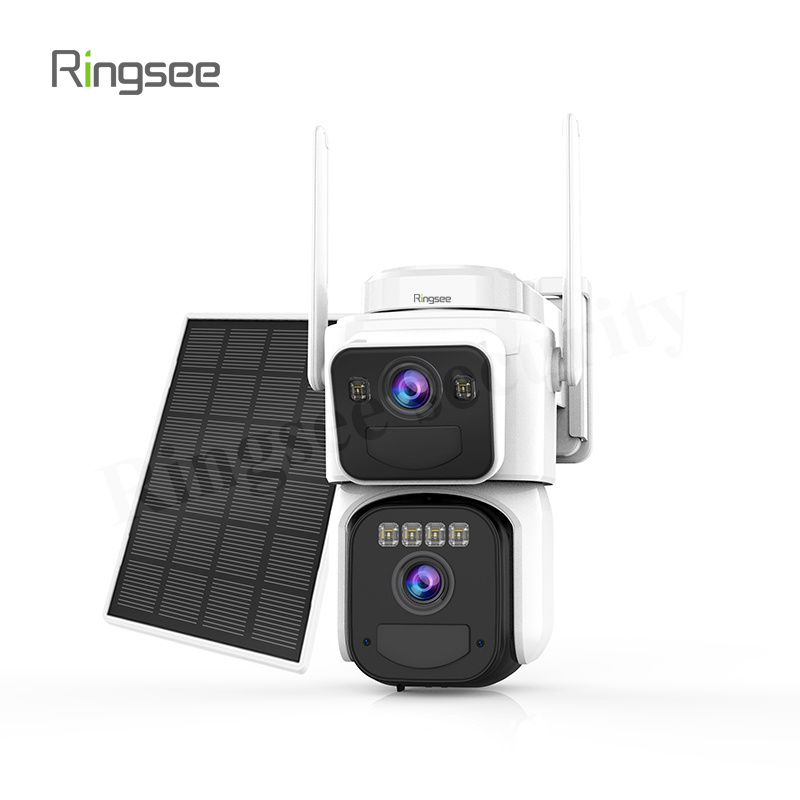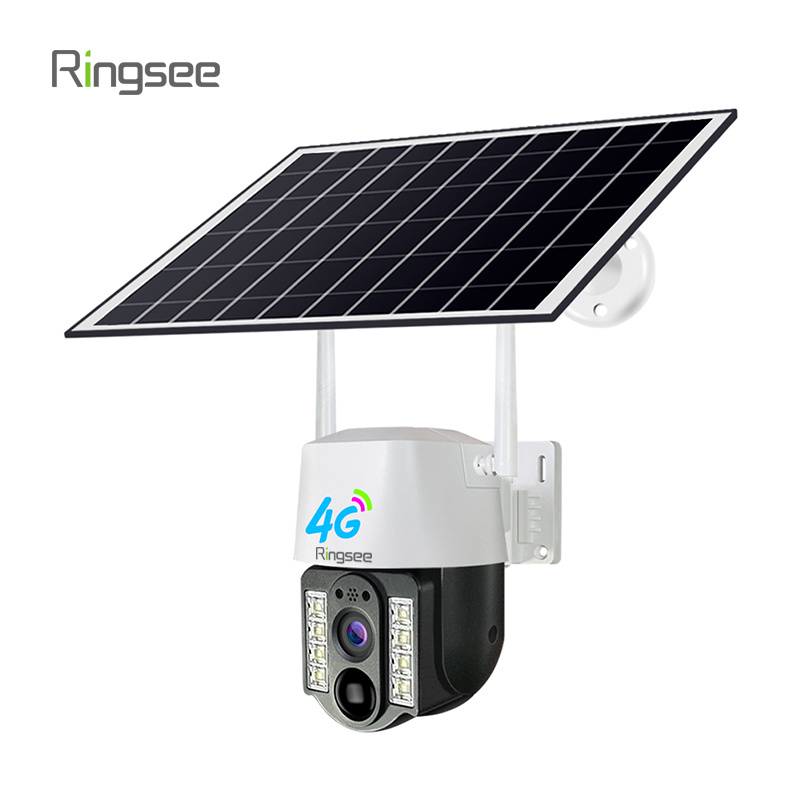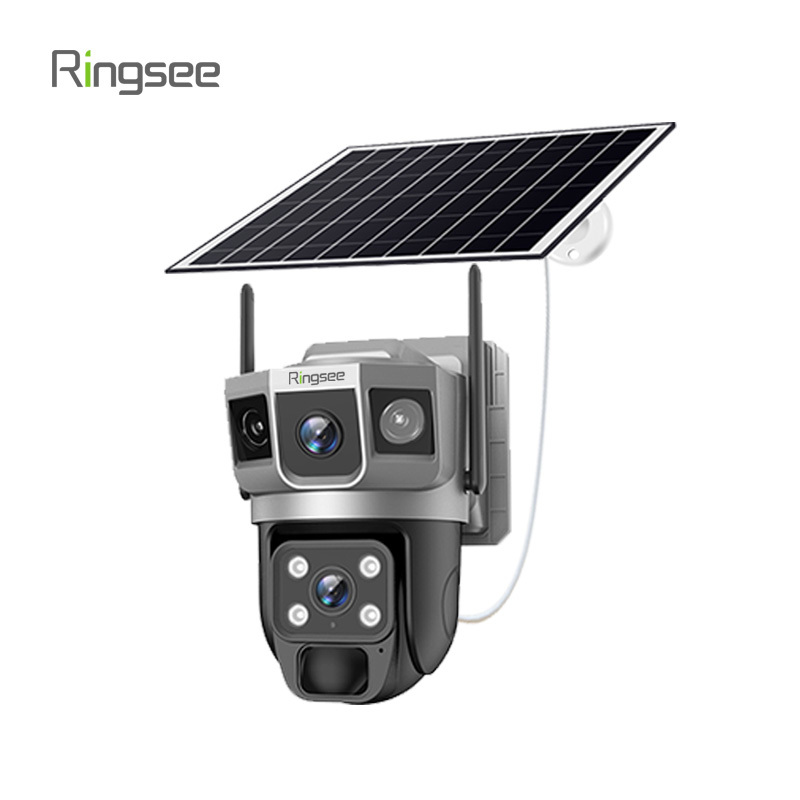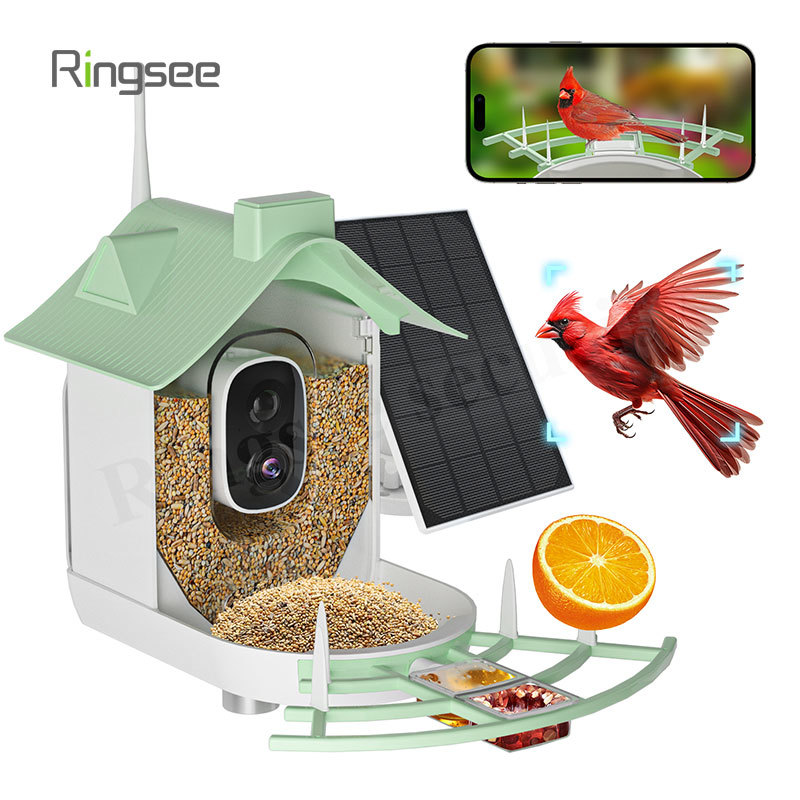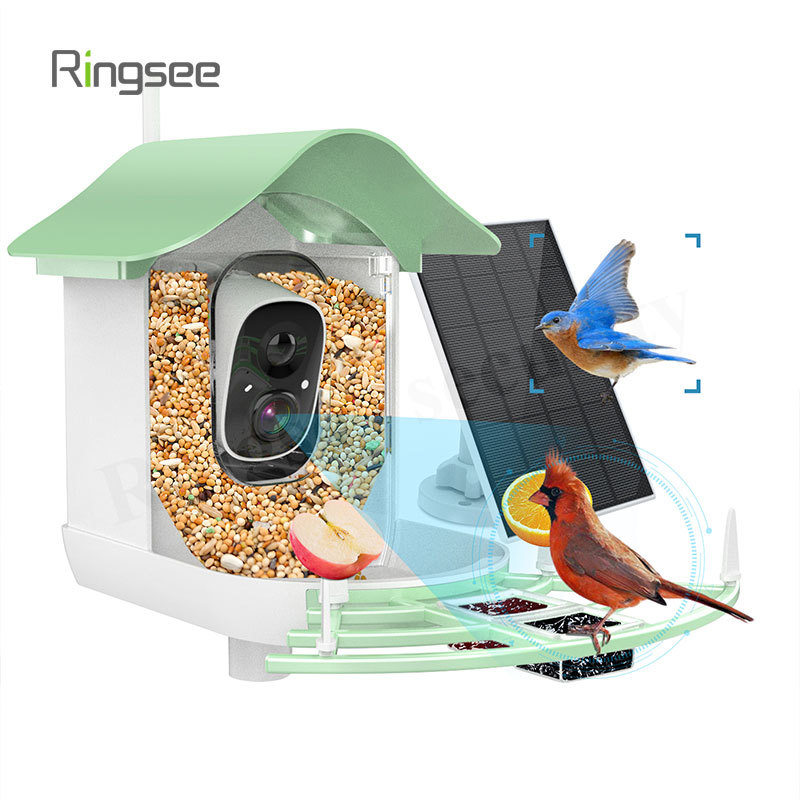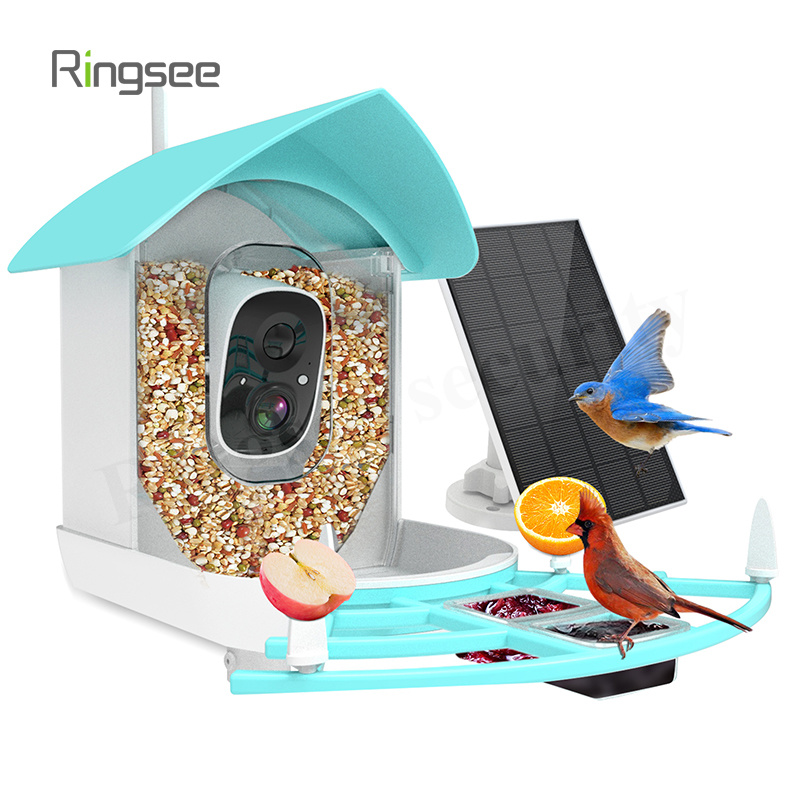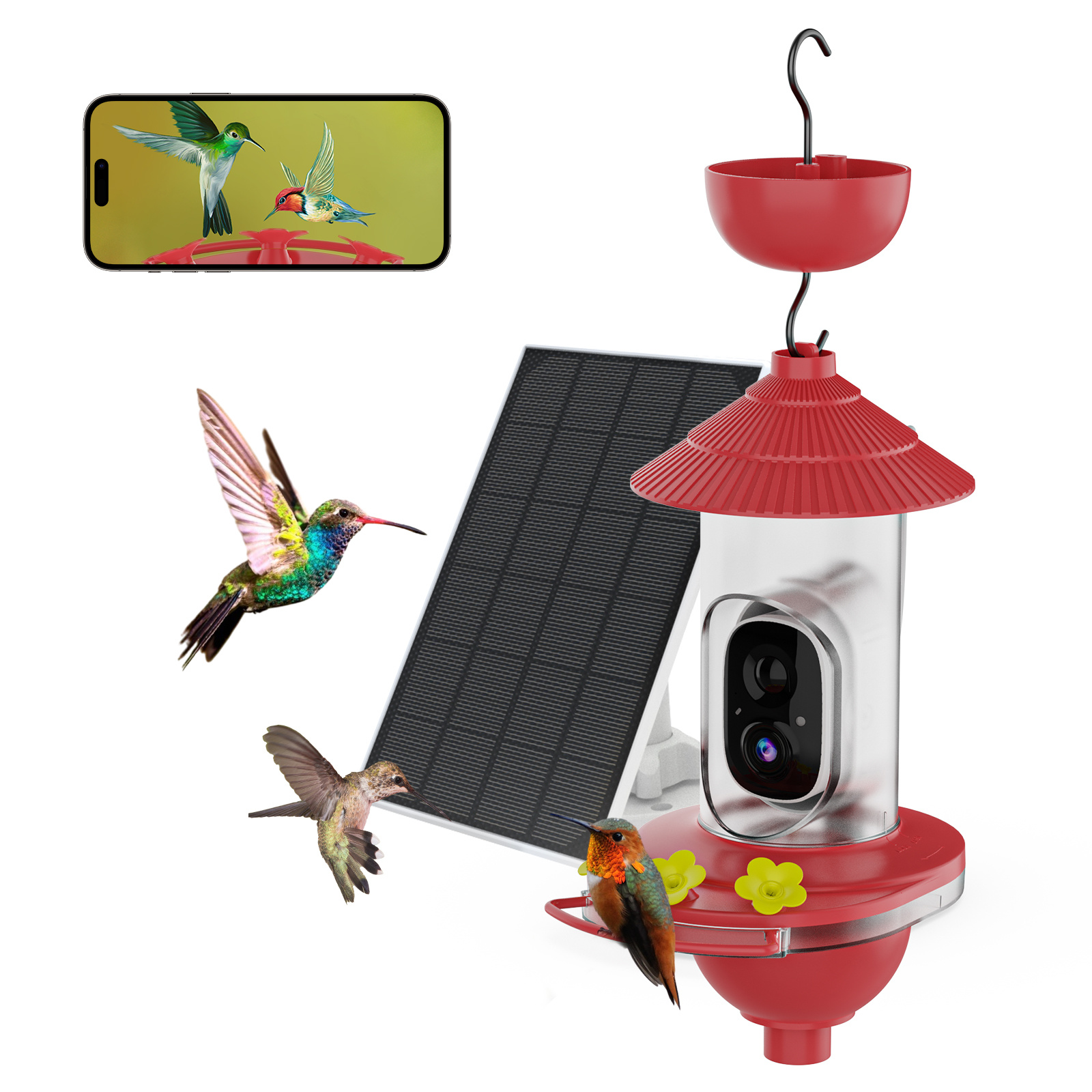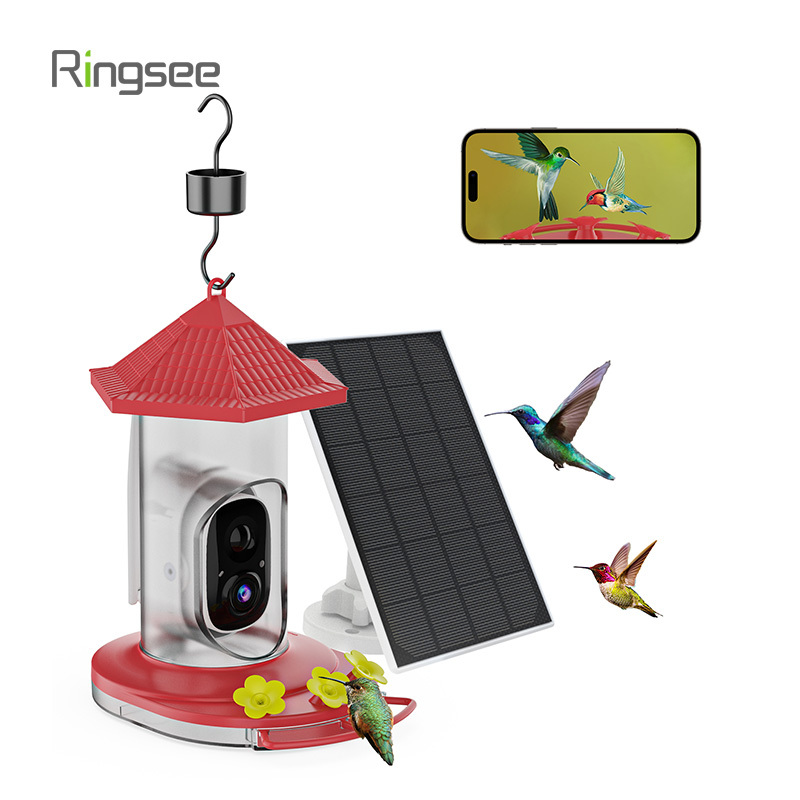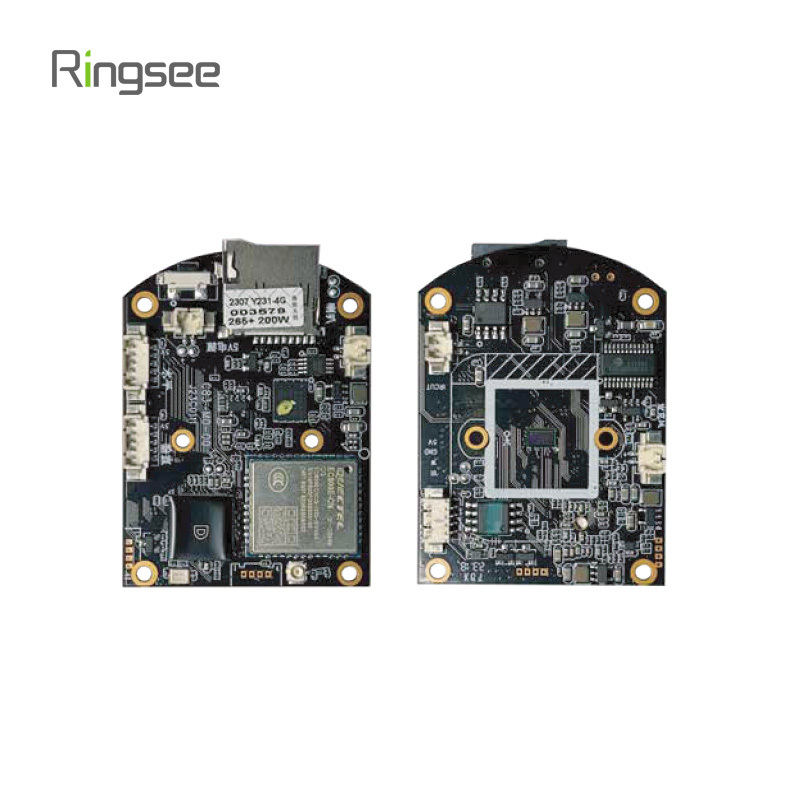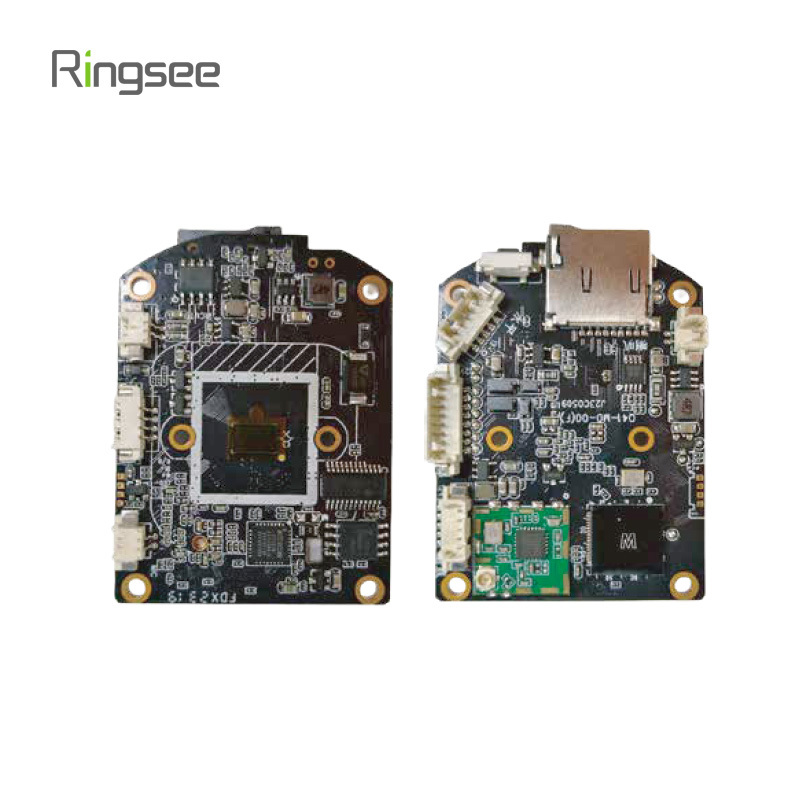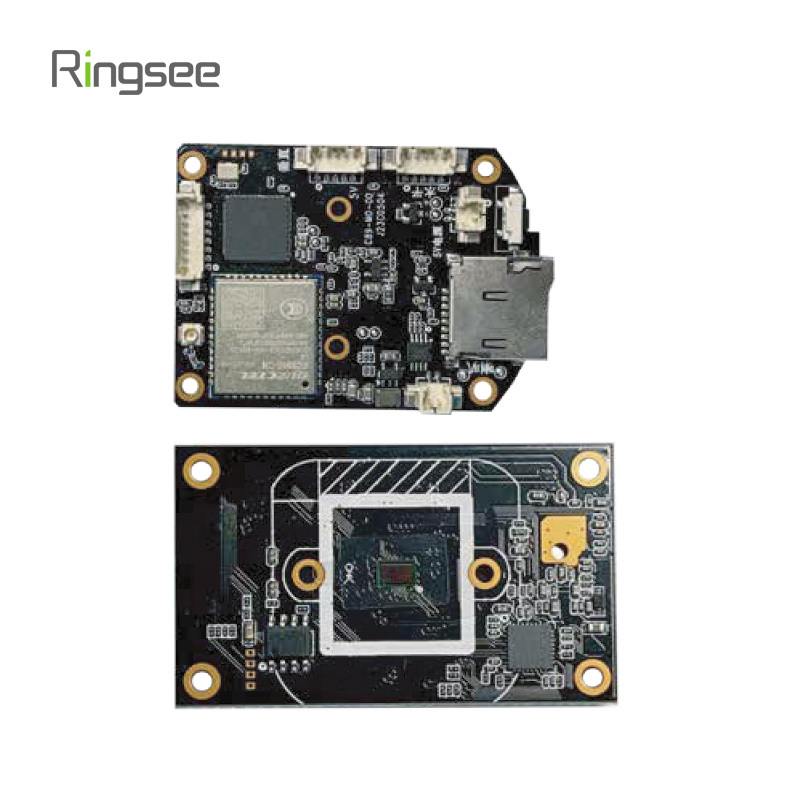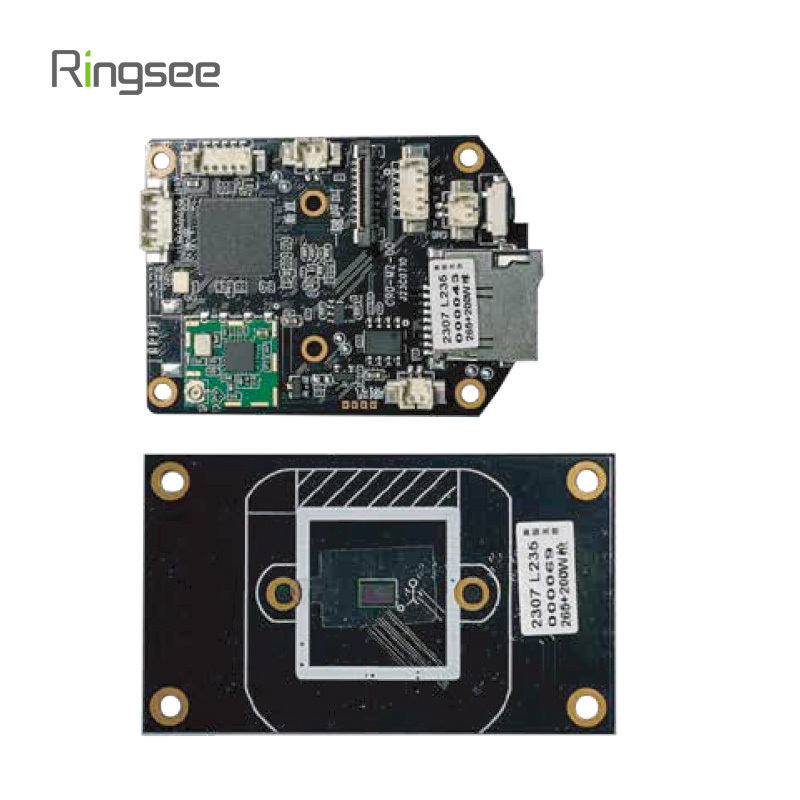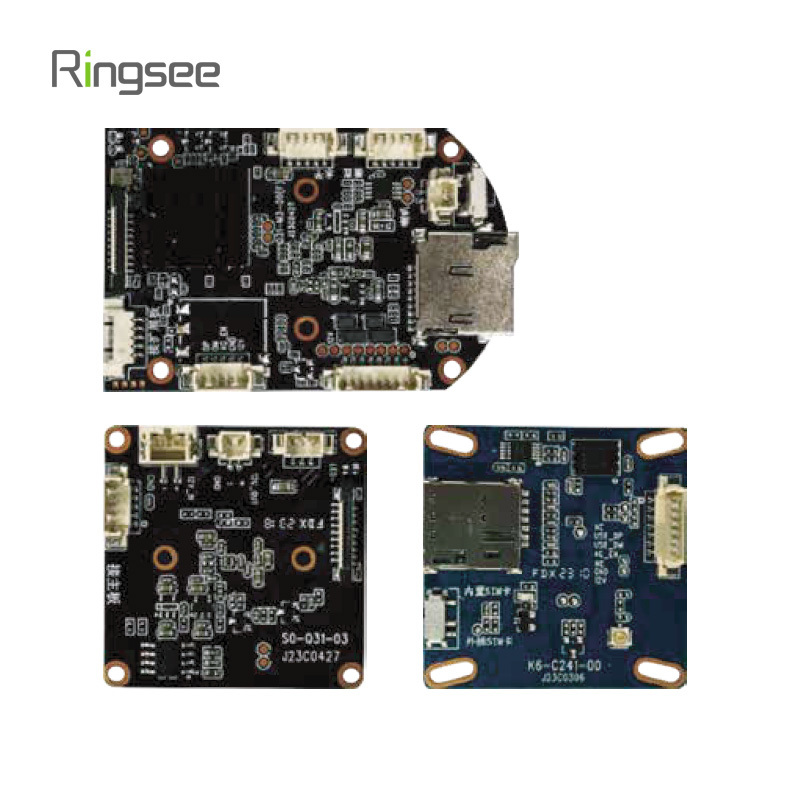Low-Power Modules for 4G Security Cameras: Efficiency Meets Innovation
Publish:
2025-06-16 11:17
Source:
https://www.ring-see.com
As global demand for wireless surveillance continues to rise, 4G security cameras have become the go‑to solution for remote and off‑grid monitoring. However, one of the key engineering challenges lies in balancing powerful connectivity with energy efficiency. This is where low‑power modules come into play — enabling 4G security cameras to operate reliably with minimal energy consumption, often powered by solar panels or long‑life batteries.
In this article, we explore the significance, technology, and OEM benefits of integrating low‑power modules into modern 4G security cameras.

Industry Data and Statistics
Global CCTV Camera Market Size
Estimated at USD 51.04 billion in 2024 and projected to grow to USD 59.64 billion by 2025, with a CAGR of 16.45% from 2025 to 2034 .
Global Surveillance Camera Market
Valued at USD 43.65 billion in 2024 and expected to reach USD 47.91 billion in 2025, driven by smart‑city rollouts and infrastructure security investments .
Annual Shipments & Unit Pricing
Approximately 190 million security cameras were shipped in 2023. Of these, 55% were IP‑based network cameras, and average unit prices declined to USD 95 due to intensifying competition.
CMOS Camera Module Market
The global CMOS camera module market was valued at USD 14.69 billion in 2016 and is projected to reach USD 66.45 billion by 2026, at a CAGR of 16.37%
Why Low Power Consumption Matters in 4G Surveillance
In applications such as wildlife monitoring, farmland management, border security, and construction site surveillance, access to the power grid is limited or nonexistent. Traditional security cameras consume too much power to operate independently for extended periods.
Low‑power modules address this limitation by:
Reducing battery drain in 24/7 operations
Enabling solar‑powered performance without bulky panels
Prolonging device lifespan by optimizing energy cycles
Supporting uninterrupted performance in extreme weather or low‑light conditions
The result? A 4G security solution that can be installed almost anywhere — no wires, no power sockets, and no compromises on reliability.
What Makes a Low‑Power Module Efficient?
A high‑performance low‑power camera module is defined not only by its energy consumption but also by its integration of advanced technologies to ensure functionality without excess draw. Key features include:
1. Optimized Power Management Chips
Advanced PMICs (Power Management Integrated Circuits) intelligently regulate voltage and power usage depending on the camera’s operation state — idle, streaming, AI detection, or standby.
2. Intelligent Wake‑Up Functions
Modules equipped with PIR or AI‑based motion detection can remain in ultra‑low power sleep mode and instantly wake when activity is detected — significantly reducing average power usage.
3. Efficient 4G Connectivity
Instead of maintaining a constant connection, some modules implement intermittent LTE communication or low‑power modes such as eDRX (extended Discontinuous Reception), cutting down cellular transmission energy needs.
4. Low‑Light & Infrared Efficiency
Specialized image sensors consume less power while still capturing high‑quality images in nighttime or low‑light environments — ideal for solar‑powered 4G cameras
| Aspect | Low‑Power Module | Traditional Module |
|---|---|---|
| Average Power Draw | Advantages: – Ultra‑low idle current (µA–mA range) – Intelligent sleep/wake reduces overall mA‑h usage | Advantages: – Generally higher baseline current (tens to hundreds of mA) ensures instant availability |
| Disadvantages: – More complex power‑management circuitry adds BOM cost | Disadvantages: – Rapid battery depletion if off‑grid; unsuitable for solar‑only systems | |
| Connectivity Modes | Advantages: – Supports eDRX, PSM and wake‑on‑event for LTE – Can batch data to reduce radio time | Advantages: – Always‑on LTE delivers lowest latency and highest throughput |
| Disadvantages: – Slightly higher connection‑establishment latency when waking from deep sleep | Disadvantages: – Continuous radio keep‑alive burns significant power | |
| Performance & Features | Advantages: – Tunable duty cycles allow custom balance of resolution vs. battery life – Integrated AI wake logic reduces false alerts | Advantages: – Full‑time HD/4K streaming possible without restrictions |
| Disadvantages: – May reduce frame‑rate or resolution in ultra‑low‑power modes | Disadvantages: – Limited opportunity for power saving—every feature active constantly | |
| Integration & Size | Advantages: – Often smaller PCBs due to integrated PMICs and power‑gating – Ideal for compact solar cameras | Advantages: – Mature, off‑the‑shelf modules widely available |
| Disadvantages: – More design complexity (power domains, wake‑lines, firmware states) | Disadvantages: – Larger boards; need external regulators or relays for power cycling | |
| Cost & Supply | Advantages: – As production scales, per‑unit cost gap narrows | Advantages: – Lower unit cost at small volumes |
| Disadvantages: – Higher NRE and BOM cost for integrated power‑management features | Disadvantages: – Long‑term operational cost high due to battery replacements and power bills | |
| Battery & Solar Support | Advantages: – Designed for direct solar‑panel charging and long battery standby | Advantages: – Works reliably off fixed power or mains; simpler charge‑circuitry |
| Disadvantages: – Requires precise panel sizing and charge management | Disadvantages: – Cannot operate on battery/solar alone without large capacity | |
| Maintenance & Reliability | Advantages: – Longer field‑deployment intervals (months–years between service) | Advantages: – Predictable behavior; fewer mode‑switch edge cases |
| Disadvantages: – More firmware‑driven states can introduce corner‑case bugs | Disadvantages: – Frequent battery swaps or power maintenance trip up service schedules | |
| Ideal Use‑Cases | – Remote/off‑grid sites – Wildlife or environmental monitoring – Temporary/rapid‑deploy scenarios | – Urban or industrial sites with mains power – High‑throughput streaming – Critical‑uptime surveillance |
Use Cases for Low‑Power 4G Modules
Low‑power modules are essential in a range of verticals, including: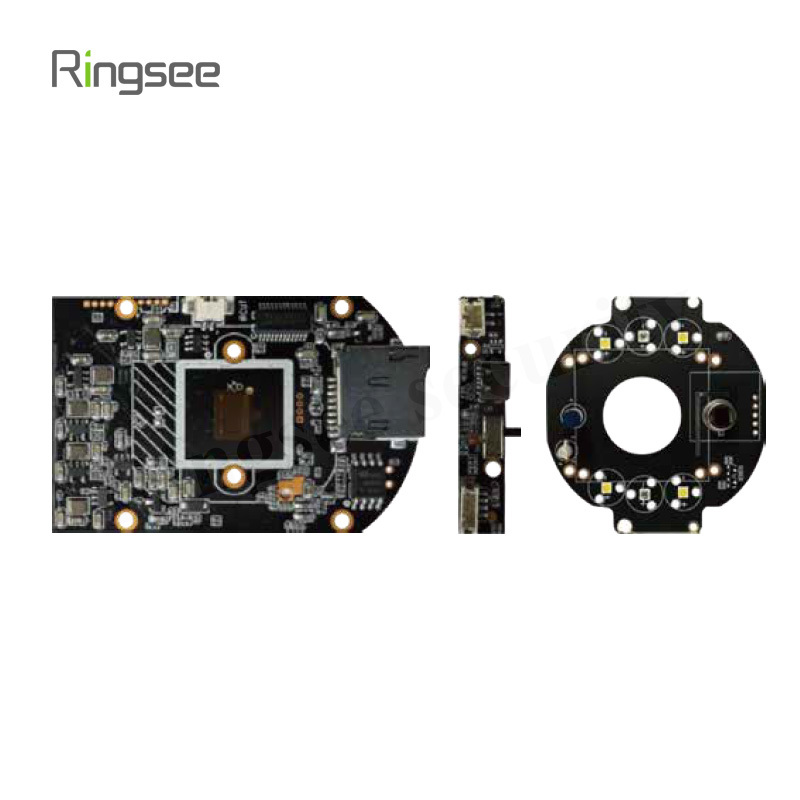
Agriculture & Ranching: Livestock monitoring in rural areas
Oil & Gas: Pipeline security without permanent infrastructure
Transportation: Monitoring remote roads or railway crossings
Disaster Zones: Temporary deployments in emergencies
Wildlife Observation: Cameras placed in remote conservation areas
In each case, power autonomy and long‑term stability are non‑negotiable — exactly what low‑power modules offer.
OEM & Supplier Value: What Buyers Should Look For
For OEMs or integrators sourcing low‑power 4G camera modules, it's important to evaluate suppliers based on:
Module Power Profile (mW in active/standby mode)
Support for solar and battery integration
AI compatibility (human/vehicle recognition)
Operating temperature and IP grade
Firmware customization and SDK support
Experience in mass production and field deployment
Manufacturers like Ringsee specialize in delivering customized low‑power 4G modules that are not only hardware‑optimized but also come with flexible OEM/ODM support, API integration, and global network compatibility.
Future Outlook: Smarter, Leaner, and More Autonomous
With advancements in edge AI, LPWAN, and smart battery management, the future of 4G security cameras is pointing toward fully autonomous, intelligent, low‑power systems. These modules are not just components — they are the building blocks of the next generation of smart surveillance ecosystems.
Low‑power modules are revolutionizing 4G security camera applications by making truly wireless, autonomous, and solar‑powered surveillance possible. Whether for manufacturers, systems integrators, or end‑users, choosing the right low‑power module is a strategic investment in performance, sustainability, and long‑term value.
Prev:
Related News
Low-Power Modules for 4G Security Cameras: Efficiency Meets Innovation
As global demand for wireless surveillance continues to rise, 4G security cameras have become the go‑to solution for remote and off‑grid monitoring. However, one of the key engineering challenges lies in balancing powerful connectivity with energy efficiency.
Jun 16,2025
How to Choose the Right Home Security Camera: A Comprehensive Buying Guide
Learn how to choose the best home security camera based on resolution, night vision, smart detection, storage options, and installation needs.
Jun 13,2025
Why Your “Smart” Camera Isn’t Smart Enough: The Cloud-Based Revolution in Home Surveillance
The truth is harsh — most home security cameras are outdated, reactive, and largely ineffective against real threats. But the new generation of cloud-based smart surveillance cameras is rewriting the rules.
Jun 12,2025
Why Most Hard Drives Fail in Surveillance—and What the Industry Won’t Tell You
Let’s be blunt: using a regular hard drive for video surveillance systems is a mistake—one that could cost you everything. Yet, it’s one of the most common corner-cutting decisions made by installers, IT managers, and even some so-called “security professionals.”
Jun 11,2025
AI in Security: How Algorithms, Computing Power, and Big Data Shape Intelligent Surveillance
Artificial Intelligence (AI) has moved from concept to reality across many industries—and in the field of security camera, its impact is particularly profound. From machine learning (ML) to deep learning (DL) and ultimately to computer vision (CV), these layered technologies now form the backbone of modern AI-powered surveillance systems.
Jun 07,2025

